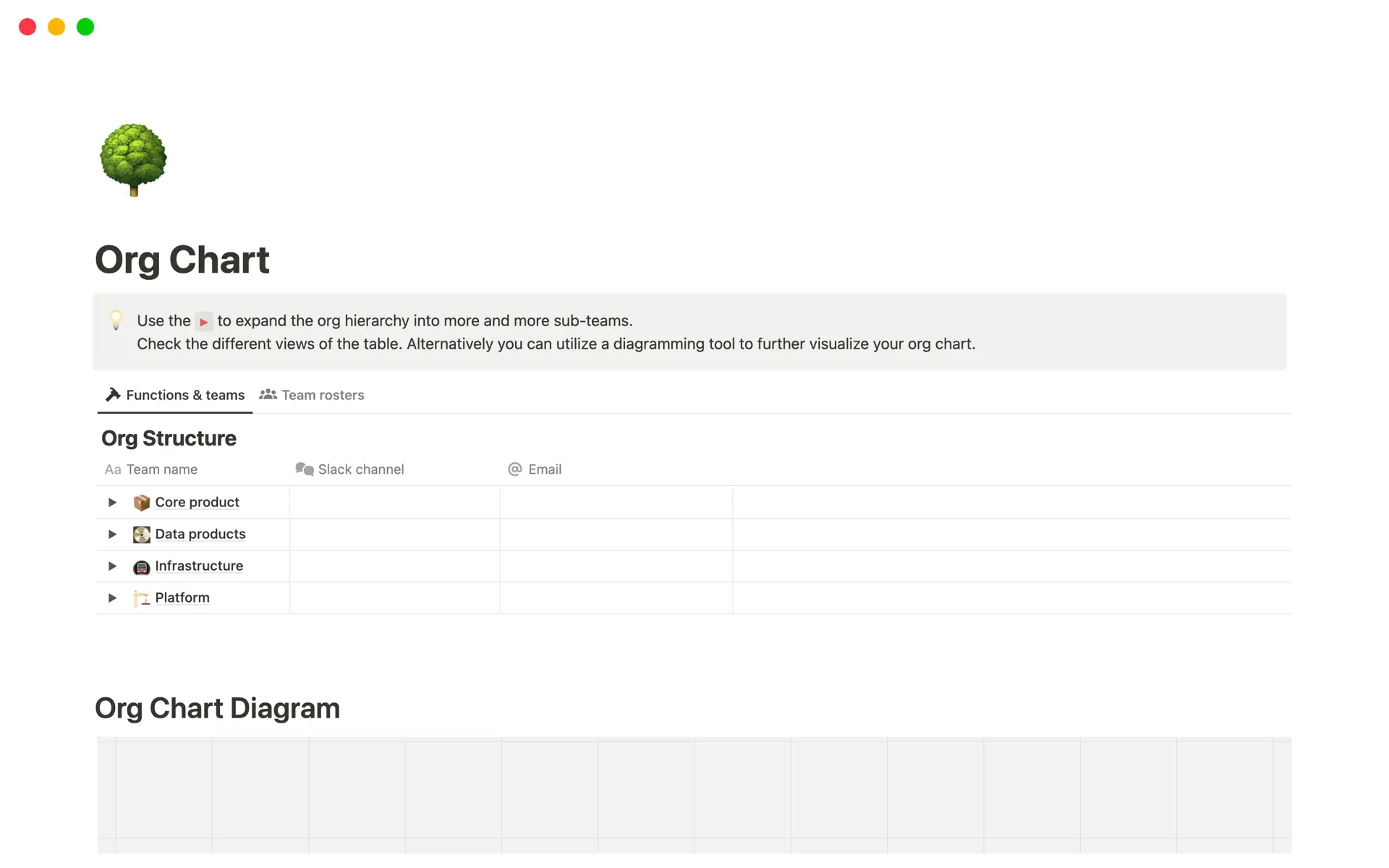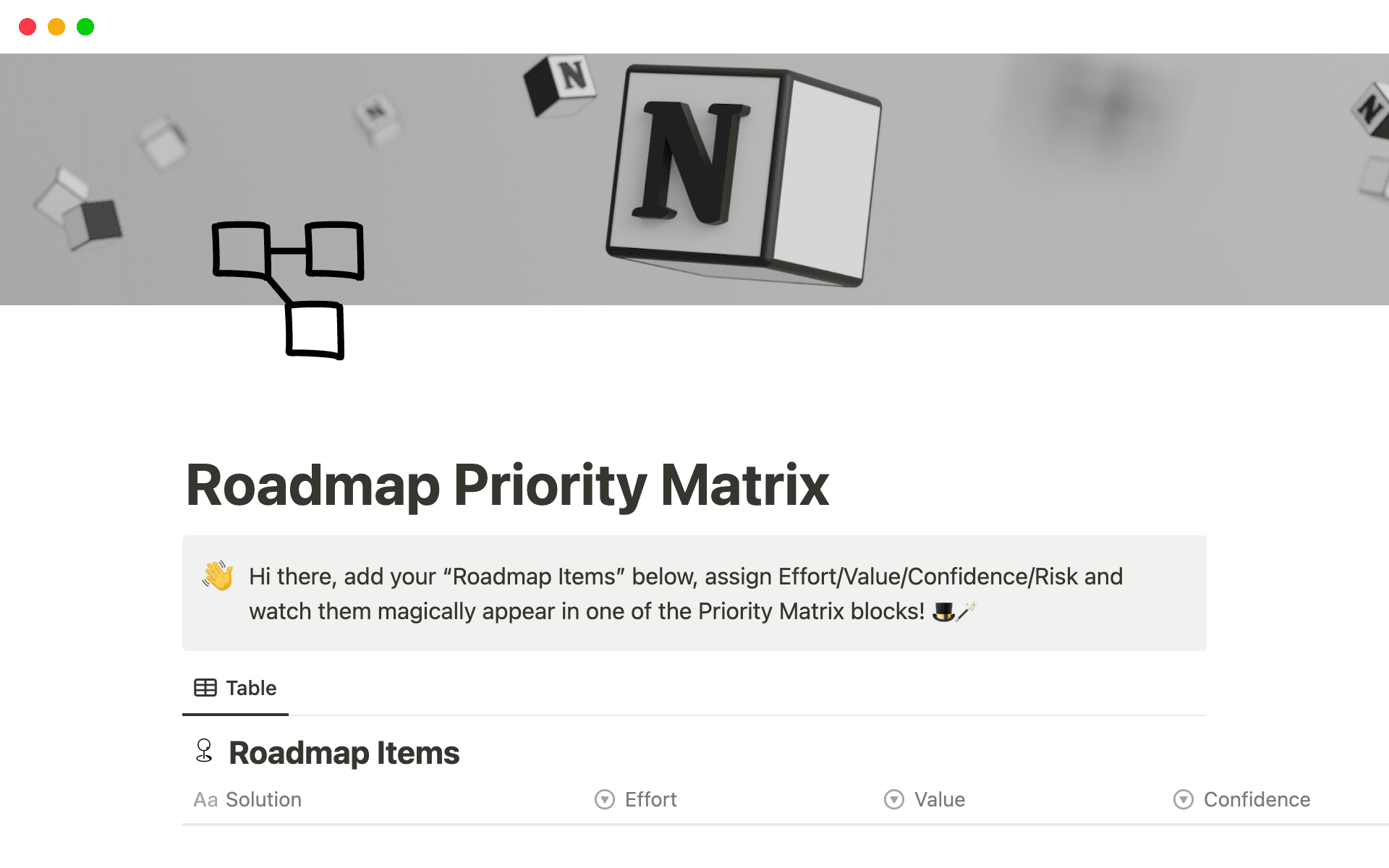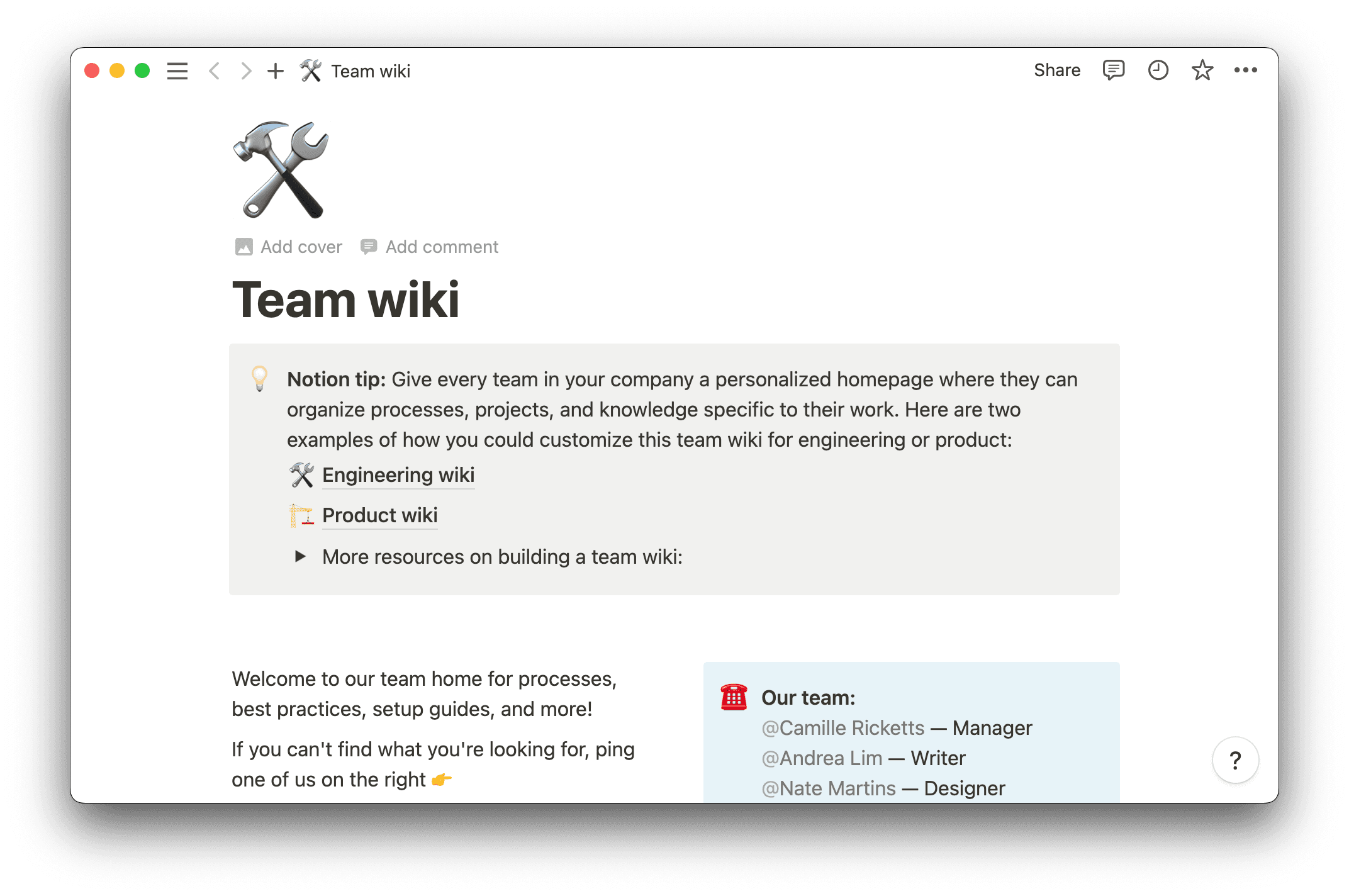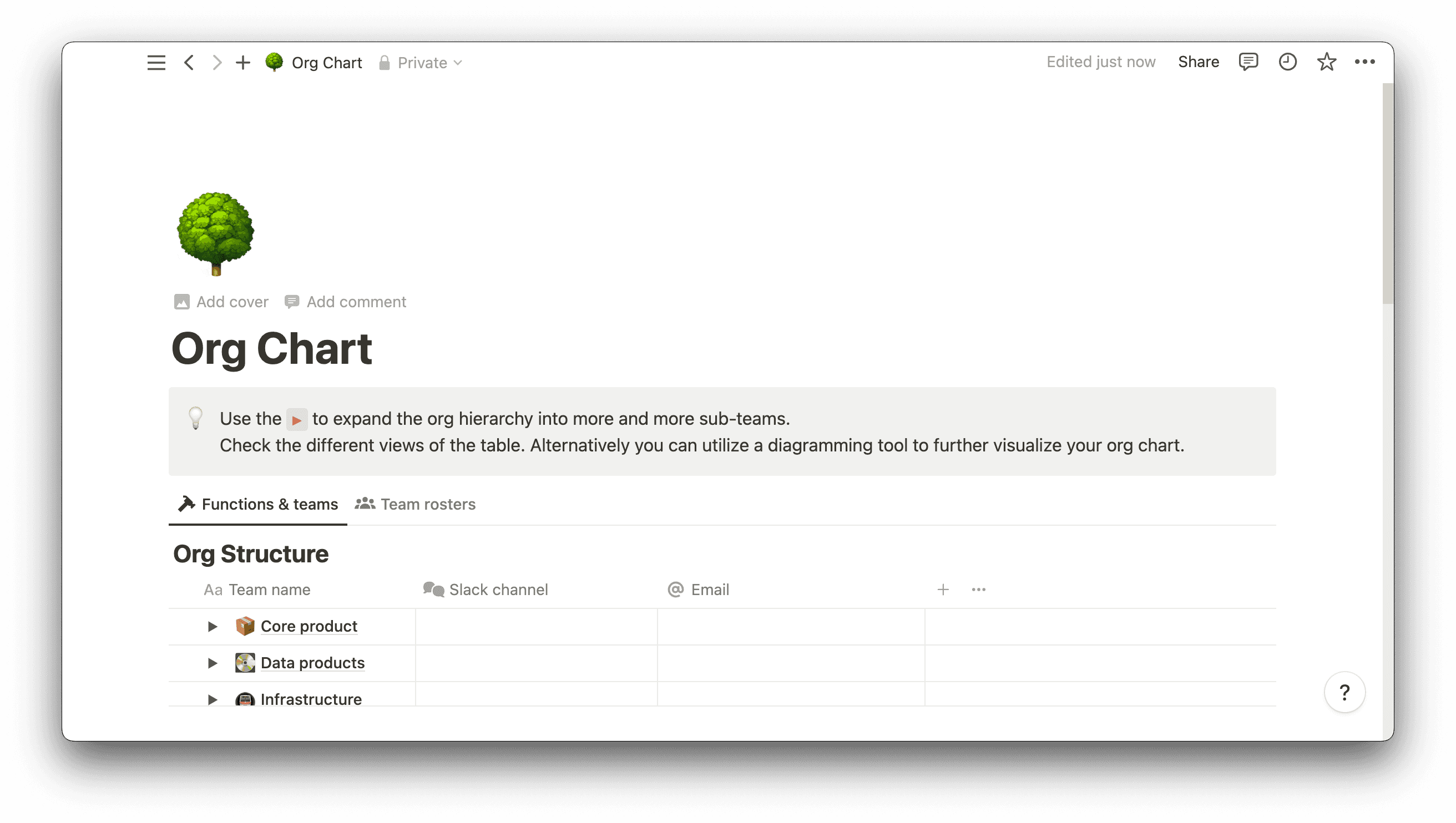An organization is made up of many parts working together to achieve a specific outcome.
Like any well-functioning machine, you don’t see gears turning. But everyone has a specific job that keeps the company moving forward.
Creating an organizational structure provides visibility into who’s responsible for each function across teams and departments. This framework keeps your business running like a well-oiled machine by ensuring everyone knows who does what, when, and why.
What’s an organizational structure?
An organizational structure represents how a company assigns roles, responsibilities, and accountability across employees. Most companies have an organizational chart — or org chart — that represents this distribution, with C-suite leaders at the top and individual contributors at the bottom.
While there are several organizational structures, they generally fall into two main categories:
In a centralized organizational structure, decision-making authority is highest amongst people at the top — usually directors and managers.
In a decentralized structure, people at various organizational levels have equal decision-making power.
These structures also indicate how to distribute information across the organization by representing various levels of management, from top to bottom. It indicates which roles are lateral, or equal in authority, throughout the company.
The importance of having the right organizational structure
An organizational structure directs workflow, designates the decision-making process, and guides the chain of communication — all critical activities to ensure the smooth running of the business.
These structures also offer clarity regarding how to manage resources, which is especially important as a business scales and executives risk losing track of who’s doing what. As roles become more specialized and teams expand, the breakdown of work through an organizational structure can prevent the cross-departmental duplication of tasks and help leadership identify and fill any skill gaps.
Here are a few more ways the right organizational structure can benefit your business:
Promotes efficiency — everyone within the organization knows their role and what’s expected of them, driving efficiency and improving company-wide productivity.
Outlines hierarchies — organizational structures establish accountability for actions or decisions at different levels and ensure everyone on the team knows who to report to.
Provides pay structure — companies can lay out the pay structure for employees based on levels of seniority or specialization. Leaders can also set salary grades and ranges for each position to ensure consistency and fair compensation.
Establishes promotion criteria — a detailed organizational structure holds employees accountable for their performance and highlights criteria for promotions, motivating employees toward the next stage of their career.
Key elements of an organizational structure
Traditionally, organizations had centralized leadership structures and a defined chain of top-down command. But modern companies usually choose less rigid structures with distributed decision-making authority.
While there are many organizational structures, they all tend to have the following core elements:
Established chain of command — everyone needs to understand who to go to for direction and advice so that they can perform at their best.
Defined roles and responsibilities — an organizational structure ensures all roles and responsibilities are clear. And when the team knows what’s expected of them, they can be more focused and productive.
Scope of control and decision-making authority — this outline dictates the number of people that report to a particular manager and how much decision-making authority different business leaders have. This authority must be clearly assigned so managers can make quick, quality decisions that benefit the company.
Divisions or teams within the organization — dividing employees into separate departments creates groups whose jobs revolve around a particular activity. Departments could be IT, human resources, or sales, but the people in these departments typically share common skill sets and work together on projects, saving teams from investing time into tasks that don’t suit their backgrounds.
Types of organizational structures
Here are a few of the most common organizational structures, each with their own benefits and downsides.

1. Hierarchical structure
In a hierarchical organizational structure — the most traditional type — authority flows from the top down in a centralized way. These charts organize people within the company into different tiers or levels, each with varying amounts of authority and responsibility. The lower levels have the least authority and report to those in the higher levels, who carry most of the decision-making power.
With this structure type, employees know exactly who to speak to for support, progress updates, or to report issues, which can be an advantage. But rigid chains of command can slow decision-making, hinder work progress, and stunt employee engagement.
2. Functional structure
This type divides a company according to employee specializations and job functions. It’s popular among small to medium-sized businesses because of its centralized nature, which defines decision-making authority, promotes accountability, and is easily scalable.
The main benefit of this structure is that it clearly establishes expectations. But functional structures risk being too confining and can impede employee growth. If a manager doesn’t recognize an employee’s performance, that employee may not be promoted as they should, causing job dissatisfaction and potentially higher employee turnover.
This business organizational structure can also restrict cross-department communication and collaboration, hindering business growth.
3. Matrix structure
A matrix organizational structure is complex and delegates multiple reporting obligations to employees assigned to various projects. With this structure, a marketing associate may have to report to the marketing department manager and the product development team about task progress.
On the positive side, different departments can share team members’ time and expertise, which promotes collaboration within the organization. But, the complexity can become confusing and stressful for employees who report to multiple team leaders or work on multiple projects.
4. Divisional/multidivisional structure
Larger companies tend to prefer multidivisional structures (M-form), which centralize authority and divide leadership teams according to projects, products, or subsidiaries.
Here are three leading sub-categories of divisional structures:
Product-based divisional structures — when a company has hundreds or thousands of product lines or divisions, this structure ensures each division is semi-autonomous, operating like an independent company with its own leader.
Market-based divisional structures — this type’s divisions are based on specific markets or industries. Within one company, several divisions may cater to different markets, answering to a leader focused on several of these sections.
Geographical divisional structures — companies might also designate divisions geographically. A global corporation may have European, North American, and Australian divisions, making it easier for companies to organize teams based on their various locations.
This structure type delegates control over resources to divisional heads for practical and functional reasons. They segment employees into more manageable groups and facilitate teamwork within specific groups.
Unfortunately, this can lead to interdivisional communication issues and silos when teams become isolated, which impacts collaboration and makes handing off work to other teams difficult. The lack of communication between teams can also lead to duplication of work, which wastes resources and reduces productivity. But if you have clearly defined processes and work across markets or regions, this will streamline each division’s ability to function autonomously.
5. Network structure
Companies that adopt this structure leverage both internal employees and external contractors to deliver products or services. Network structures often offer companies flexibility and cost-savings. By hiring outside consultants, freelancers, or agencies, companies can pay for services on demand.
Most organizations implementing a network structure have a relatively small head office and numerous geographically dispersed satellite offices with outside consultants that perform most processes.
The negative aspect of this structure is that companies typically have less control over contractors' work than employee work.
6. Team-based structure
A team-based organizational structure means a company consists of several teams that all perform specialized functions but work toward a common company goal. This team-based structure focuses on creating self-managed teams where each unit contains both leaders and workers.
Organizations adopting this structure typically have multiple teams, such as innovation, Scrum, and project management groups. This promotes team synergy and communication. When people are on the same team, they regularly interact and communicate ideas faster. But it can also result in a disconnect between teams if employees only interact with people within their own group.
7. Horizontal/flat structure
A flat organizational structure is decentralized, removing the traditional layers of authority to give employees more autonomy and decision-making power. Startups tend to opt for this structure because they’re easy to scale since the organization isn’t bound to departments or multiple layers of authority.
The upside of the flat structure is that it elevates each team member’s responsibility within the organization and eliminates excessive management layers to improve coordination and communication.
But without defined management roles, power struggles can occur and erode the company culture or create confusion, as individuals might not have a direct supervisor. The company head should be regularly visible and available for this structure to succeed.
How to choose the best organizational structure for your business
With so many options, deciding on the ultimate organization structure for your needs will depend on a few key factors:
Company size — the larger your organization, the more complex your organizational structure. Choose whatever structure will offer clarity to your employees and match your preferred workflows. If you only have one small office, the divisional structure might create unnecessary confusion — but multinational corporations need to consider how the divisional divide affects teams.
Decision-making authority — decide if you want authority centralized or decentralized. Centralized structures (like hierarchical ones) can be better for making quick decisions and taking clear actions, but decentralized structures (like flat ones) promote innovation and encourage employees to take ownership of their work.
Specialization and departments — consider what departments you need to achieve your goals and whether you require separate divisions based on markets, product lines, or specific functions. Depending on these factors, you might opt for a divisional organizational structure.
Growth stage — startup companies with few employees would benefit from a flat structure, giving employees autonomy to streamline decision-making. But consider how much you predict your company will grow, as some structures won’t scale as effectively.
Once you’ve considered all these factors and chosen the right organizational structure, use one of Notion’s org chart templates to conveniently create your structure and distribute it to your team.

Structure your organizations with Notion
Clearly defined organizational structures empower employees to perform confidently and efficiently by understanding where they fit in.
Further empower your team by using Notion’s templates to outline communication cadences and efficient processes. Use the team central hub template to centralize important organizational information, the org structure for groups of companies to define roles across divisions, and the stakeholder and org management document to incorporate external stakeholder information into your org chart.







